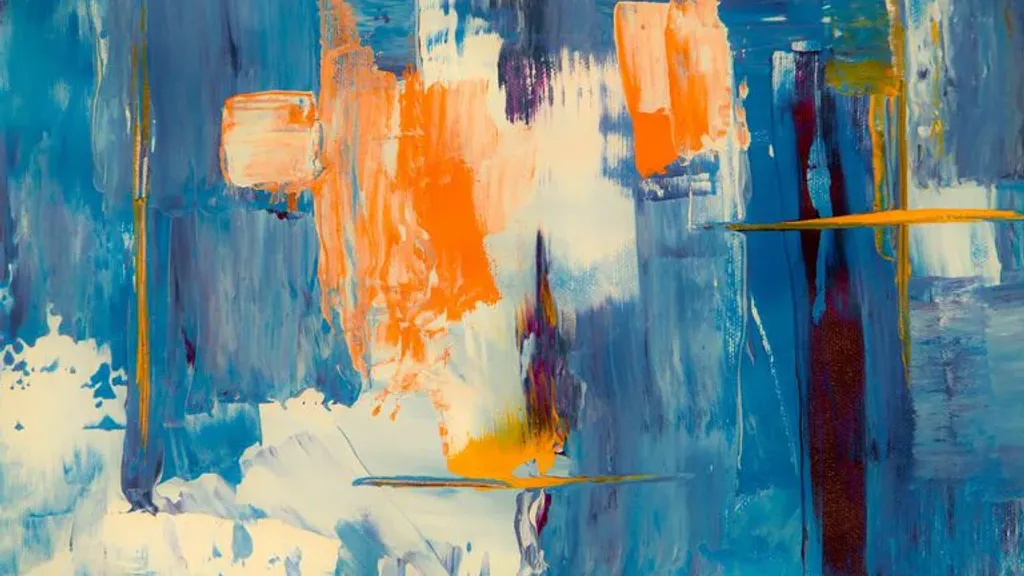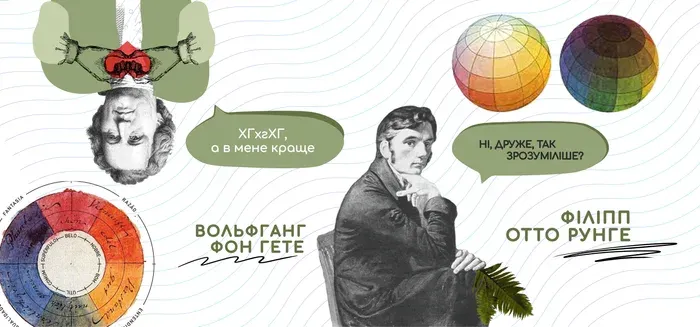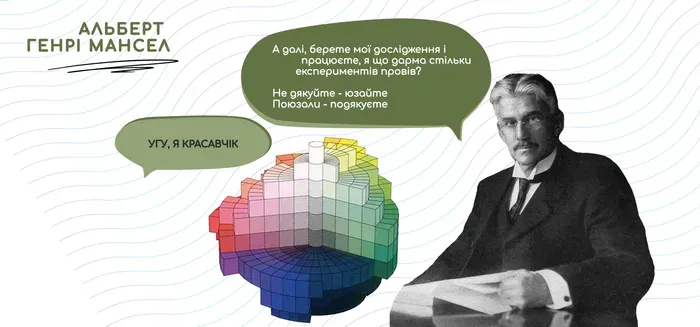Did you know that everything around us is colorless?

Color is a phenomenon related to the perception of light by the human eye. It plays an important role for us in understanding the environment the world Almost all people perceive the surrounding world through color: the sun becomes yellow-hot in front of the eyes, clouds smoky-white and soft, the grass is green and juicy, and the earth is charming with black soil.
And the truth is, when you talk about something or read, a colored picture appears in your imagination, and not necessarily with clear lines or objects Yes, here you can somehow follow yourself and check exactly how you feel this world.
And in general, what is a color? Let’s figure it out
In childhood, we all go through the period of “why?” and our parents try their best to explain to us why there are leaves on the trees green, and the bark is brown. Give strength, strength and inspiration to our parents who were able to explain this, and most importantly, answer to all these “why?”
But really why? We are already a little older and can dive into history and physics in more detail.
One of the first to develop a hypothesis about color was Aristotle.
He studied human souls and believed that colors are formed as a result of our perception of the world, namely the struggle of light and darkness in our imagination.
Not all of Aristotle’s theories were logical, but some are logical even now. For example, you had such a case that you are watching after a while you realize “these shorts are definitely gray”, and they tell you “no, they are brown”. Back then, he noticed that perception people of the same color - different.
A little later, Isaac Newton began to study colors
He explained this connection of color and light with the help of an experiment in a dark room using a prism and a stream of light.
How was it? Newton closed the windows with thick shutters, and in one he made a small hole through which a beam of rays penetrated light directly onto the glass prism. After passing through the prism, the beam turned into colored bands forming a rainbow🌈. Do you know what that means? All existing colors are a component of light and he called it a spectrum.
Based on this, objects themselves do not contain colors.
We perceive objects as colored due to the fact that the rest of the colors of the spectrum are absorbed, leaving only the corresponding ones on the outside.
Therefore, snow absorbs almost no light, and the earth, on the contrary, absorbs almost all light. We can conclude that white 🤍 color does not exist - it is maximum light, and black 🖤 is complete darkness.
Hence, the colors in the spectrum are chromatic, i.e. colored, and with the help of their combinatorics allow creating countless color variations.

And how to predict which color will be formed when mixing several colors?
Artists, architects, and scientists sought to find an approach that could predict the results of mixing colors and find their harmonious combinations.
One of the first such systems was proposed by Newton. By mixing the first color of the spectrum (red❤️) and the last color (purple💜) he got magenta, and proposed to collapse the spectrum into a circle, which showed the sequence of colors, and also made it easy to predict the mixing result. The sizes of the segments were made according to the intensity, and the number their was corresponding to the colors of the spectrum.
Later, Wolfgang Von Goethe proposed a modification of this color scheme consisting of 6 parts, where the initial colors red❤️, blue💙 and yellow💛, and green💚, purple💜 and orange🧡 are derivatives formed from the initial ones. He perceived colors more from the aesthetic and spiritual side, unlike Newton, because he believed that color adds to the atmosphere and the meaning of art.

Based on Goethe, Philipp Otto Runge expanded this work and started the “Color Sphere”, which was based on the planet Earth, in which the more northerly the point - the lighter the color, and the more southerly - it became duller. His work became extremely iconic ️for all of us still has significance and praise in scientific circles.
Next, Albert Henry Munsell took up the work, putting forward another idea and dividing the sphere into three logical axes: Tone, Light and Saturation. Munsell’s model is considered the most accurate and broadest model of the color space, so nowadays all color models are based on on his scientific experiments and research. Remember the RGB color model. Doesn’t remind you of anything? It is also based on these studies and has three axes of construction. And CMYK or HSB? Everything is from here.

Color is an incredibly meaningful, powerful and extremely important tool of visual communication. With his help we can to convey feelings, space, correspondence to a particular era, mood, idea.
When you are a designer, you face a large number of questions: ❓ What is color? ❓ What color to choose? ❓ How to harmoniously combine them? ❓ How to convey content with the help of color?
Therefore, color is one of the main tools of a designer and it is our magic wand, which we will talk about more than once.
If you are reading this line, it means that I didn’t write all this for nothing, but this heart is flying directly from me into your pocket ❤️
